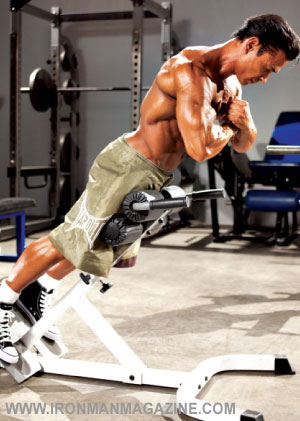 As I mentioned last month, I suffered a lower-back injury in 2005 that almost ended my bodybuilding career. It forever changed my approach to leg and back training but did not stop me from continuing to improve those areas of my physique. Even though I was relatively pain free and had almost full range of motion at the end of my rehab, my doctor cautioned me that if I was not extremely careful about every facet of my training, I would likely end up back in his office—and even worse than before! I took his advice very seriously; nothing is more important than my health.
As I mentioned last month, I suffered a lower-back injury in 2005 that almost ended my bodybuilding career. It forever changed my approach to leg and back training but did not stop me from continuing to improve those areas of my physique. Even though I was relatively pain free and had almost full range of motion at the end of my rehab, my doctor cautioned me that if I was not extremely careful about every facet of my training, I would likely end up back in his office—and even worse than before! I took his advice very seriously; nothing is more important than my health.
Warmups. Before the injury my warmup prior to beginning a workout included nothing more than two to three warmup sets. Since the injury I spend far more time preparing my body. I start each session with five to 10 minutes of walking the treadmill or riding the bike in order to increase my core temperature. Next I perform several calisthenic-type exercises designed to loosen and directly warm up my lower back, neck, shoulders, hips and hamstrings. Then I do two to three lighter sets of my first exercise to get the blood flowing and get my body and central nervous system used to the specific motion; subsequent movements require only one to two warmups sets.
Exercises. Before the injury my core exercises for leg mass were barbell squats, heavy leg presses and stiff-legged deadlifts. Since the injury I’ve had to replace the squats with other variations that are easier on my lower back, such as hack squats, sissy squats and Smith-machine front squats. I can still do leg presses but cannot handle anywhere near the poundage I did before, and I often opt for the unilateral version. At one point I could do stiff-legged deadlifts with 365 pounds for sets of six to eight reps, but now I do hyperextensions instead.
Of course I also continue to do leg extensions and all leg curl variations.
As for back, before the injury I loved to do heavy rack deadlifts, both wide and under-grip bent-over rows and corner T-bar rows. Post injury it was quite apparent that my lower back could no longer safely accommodate the pressure of those moves, so I switched to all forms of supported machine rows, one-arm dumbbell rows and “nonrounding” seated cable rows.
My back workouts also include pulldowns of all types as well as several pullup variations.
Form and poundage. Throughout my career my form was always pretty tight, although I would loosen up at the end of some sets to get extra reps. Also, I loved lifting heavy weights for low reps and often found myself doing several Power weeks in a row before moving on to Rep Range and Shock.
Since the injury my form has become so strict, I’ve been told that I look like a robot. In addition, my focus on the muscle being targeted has reached what I would call a “meditative” level. And while I can probably still lift some pretty decent poundage on some movements, I have permanently adjusted my Power week from four to six reps to seven to nine and switched to a much slower tempo than before. In other words, I make the weights “feel” heavy.
Stretching. Prior to my injury I would do some stretching of the muscle I had just worked, but that never lasted for more than just a few minutes. These days one of the ways that I’m keeping my lower back healthy is by not only making sure to stretch the muscle just targeted but also taking time to end every workout with specific stretches for my calves, hamstrings, erectors, neck, quads and hip flexors.
I hope my words can help anyone out there who has suffered an injury similar to my own.
Editor’s note: Eric Broser’s new DVD “Power/Rep Range/Shock Max-Mass Training System” is available at Home-Gym.com. His e-books, Power/Rep Range/Shock Workout and The FD/FS Mass-Shock Workout, which include complete printable workout templates and Q&A sections, are available at
X-Workouts.com.
















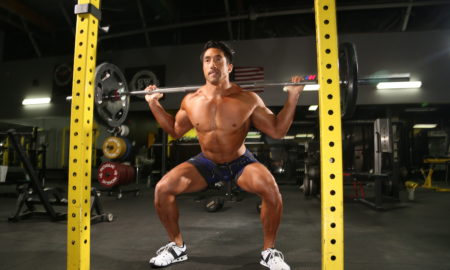
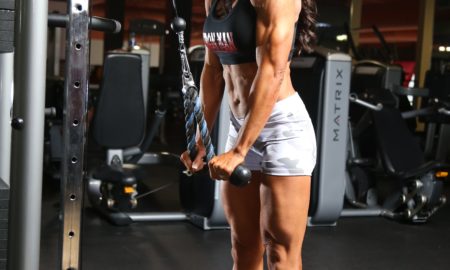
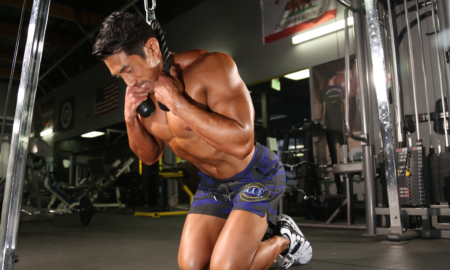
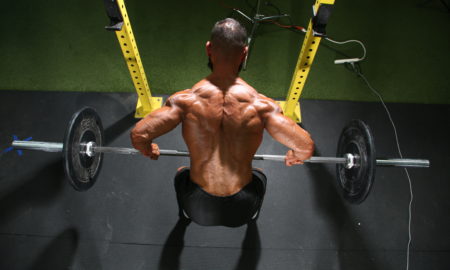
You must be logged in to post a comment Login